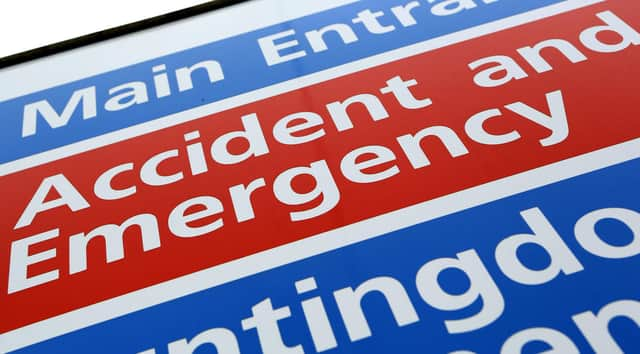Drop in visits to A&E at the Manchester Trust last month


Fewer patients visited A&E at the Manchester Trust last month – but attendances were far higher than over the same period last year, figures reveal.
NHS England figures show 36,385 patients visited A&E at Manchester University NHS Foundation Trust in February.
Advertisement
Hide AdAdvertisement
Hide AdThat was a drop of 2% on the 37,088 visits recorded during January, but 81% more than the 20,096 patients seen in February 2021.
The figures show attendances were above the levels seen before the coronavirus pandemic – in February 2020, there were 32,571 visits to A&E at the Manchester Trust.
The majority of attendances last month were via major A&E departments – those with full resuscitation equipment and 24-hour consultant-led care – while 21% were via minor injury units.
Meanwhile, around 7% were via consultant-led departments with single specialties, such as eye conditions or dental problems.
Advertisement
Hide AdAdvertisement
Hide AdAcross England, A&E departments received 1.8 million visits last month.
That was a decrease of 3% compared to January, but 43% more than the 1.3 million seen during February 2021.
At Manchester University NHS Foundation Trust:
In February:
There were 3,198 booked appointments, up from 3,097 in January
63% of arrivals were seen within four hours, against an NHS target of 95%
Advertisement
Hide AdAdvertisement
Hide Ad3,201 patients waited longer than four hours for treatment following a decision to admit – 9% of patients
Of those, 54 were delayed by more than 12 hours
Separate NHS Digital data reveals that in January:
The median time to treatment was 80 minutes
Around 32% of patients left before being treated